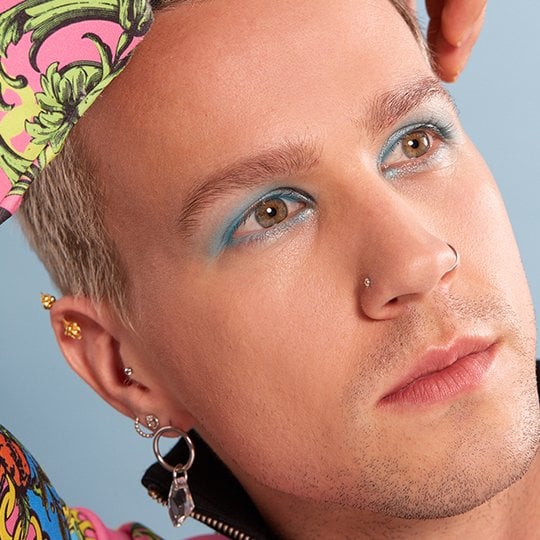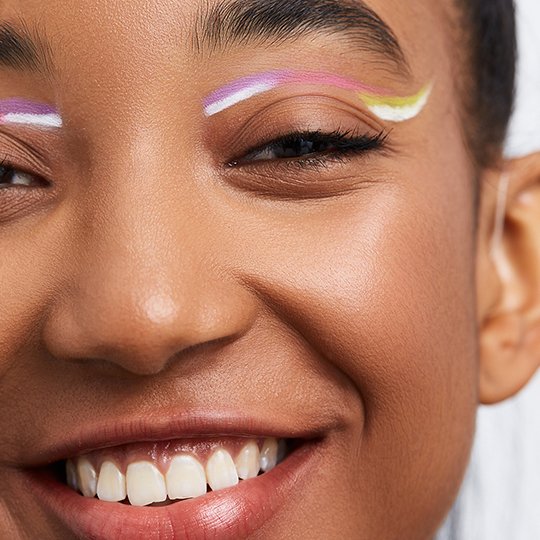How to Self Tan When You Have Eczema
October 20, 2023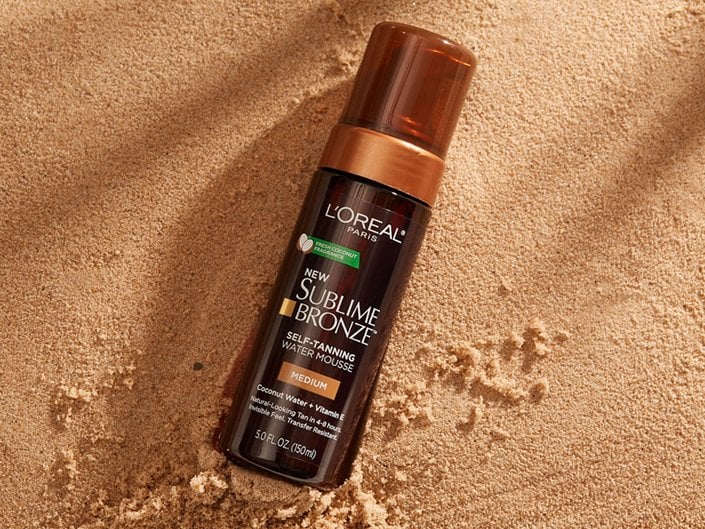
Can You Self-Tan When You Have Eczema?
Self-tanning can be intimidating when you have eczema because you don’t want to be left with looking orange or patchy, and you also don’t want to irritate your already-sensitive skin. “Eczema generally involves a buildup of our dead skin layer, aka stratum corneum, to form dry patches,” says Dr. Loretta. “Self tanners work by coloring this stratum corneum layer so the dry patches typically look like a different shade than surrounding skin and this can lead to an unsightly outcome.”
According to Dr. Loretta, those with eczema can self-tan. She recommends exfoliating prior to applying the tanner, and looking for formulas that are hydrating and fragrance-free, as those are less likely to cause irritation. Ultimately, always consult with your dermatologist before adding a new product to your routine when you’re dealing with eczema.
5 Tips for Self-Tanning When You Have Dry Patches and Eczema
1. Prep Accordingly
“Eczematous skin should be very carefully exfoliated before application of self-tanner so that the new skin tone will be even and natural looking,” says Dr. Loretta.
“I like to start prepping for a self-tan 24 to 48 hours before by exfoliating, shaving and moisturizing,” says Alysa. “The drier the skin, the longer you want to moisturize.” Use a rich, hydrating cream, like the CeraVe Moisturizing Cream, to hydrate your skin so your tan is even and long-lasting. This creamy formula helps restore the skin so it looks and feels hydrated. It’s also accepted by the National Eczema Association.
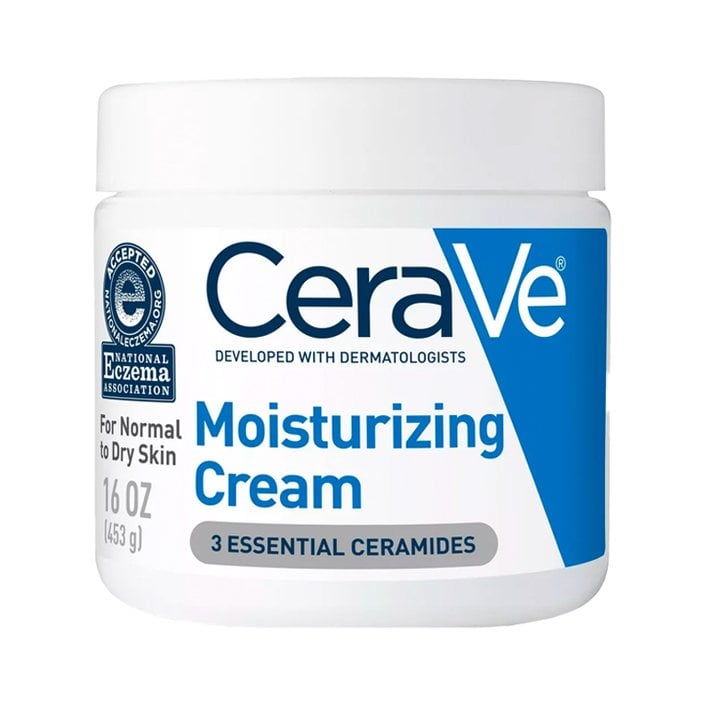
2. Apply Lotion Before Self-Tanning
“Once it’s time to go in with your self-tanner, I would suggest applying a light layer of lotion on the drier spots of your body such as [the] elbows, knees, feet, hands, etc.,” says Alysa.
According to Alysa, all self-tanning products contain dihydroxyacetone (DHA), which is what makes your skin turn a darker color. However, DHA can also be drying, which is why it is key to apply lotion before and after you self tan.
3. Opt for Hydrating Formulas
“It’s important to do your part to stay moisturized by choosing a tanner that really focuses on hydrating ingredients such as hyaluronic acid, aloe vera and squalene,” says Alysa.
The Dolce Glow D’oro Self-Tanning Lotion is a great choice for eczema-prone skin, as vouched for by our editor with eczema-prone skin. It’s infused with hyaluronic acid, jojoba seed oil and vitamin B5 to replenish the skin’s moisture and combat dullness. Since it’s a lotion, application is super easy and within a few hours, you’ll notice a gorgeous bronze color. It’s also worth noting that the scent is very minimal and it doesn’t leave your skin feeling greasy or sticky post-application.
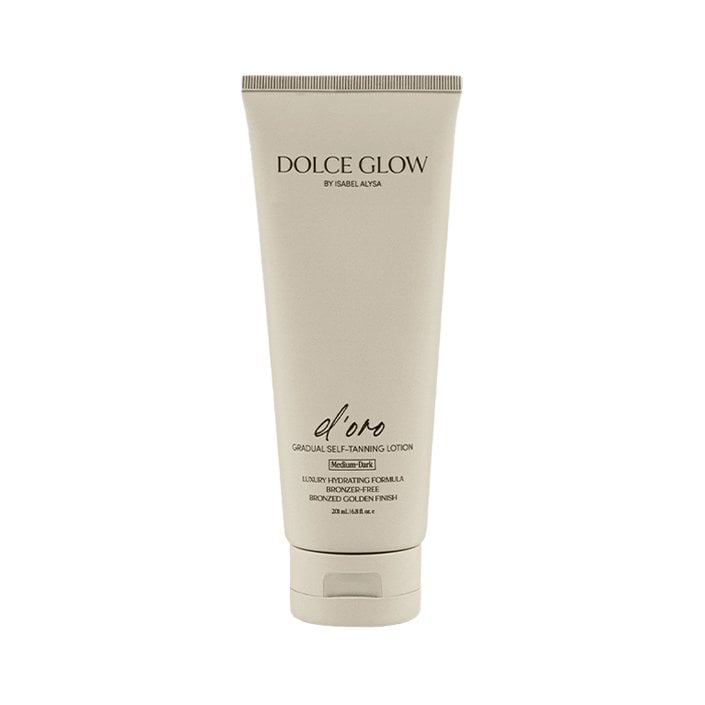
If you prefer a tanning mousse, the L’Oréal Paris Sublime Bronze Self-Tanning Water Mousse is a hydrating formula that includes vitamin E and coconut water to achieve supple, glowy skin.
4. Consider an Instant Self-Tanner
“If someone is nervous about self-tanning with dry spots or eczema, Dolce Glow’s Mia Instant Body Glow mixed with body lotion would be a great option,” says Alysa. “Since it’s not self-tanner, it does not have the DHA that tends to dry out the skin, but it still gives a gorgeous glow!”
Mix the Dolce Glow’s Mia Instant Body Glow with a rich body lotion, like the La Roche Posay Lipikar Ap+M Triple Repair Body Moisturizer For Dry Skin, for a quick self tan that combines bronzed color and hydration. This is a great hack if you’re worried about your tan coming out patchy because it washes right off.
5. Use Bronzy Makeup
In the midst of winter when we’re bundled up a majority of the time, sometimes all you need is a good bronzer to fake a sun-kissed glow. Plus, if you’re dealing with bad eczema breakouts on the body, this is a good way to get a tan look without further-irritating your skin.
Use the Giorgio Armani Beauty Luminous Silk Glow Liquid Bronzer to give your face some color — you can even mix it with moisturizer or foundation for an all over tan. To sculpt the face, the Tower 28 Beauty Sculptino Cream Contour serves as a neutral-toned contour or bronzer, and the formula is accepted by the National Eczema Association.
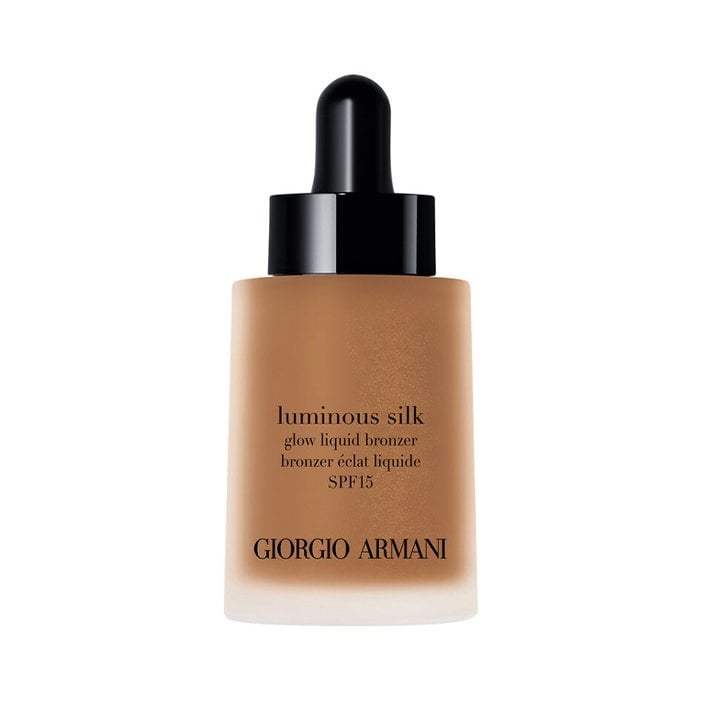



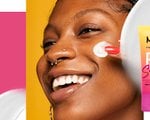




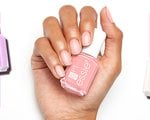









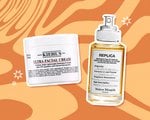


.jpg?cx=0.5&cy=0.5&cw=150&ch=120&blr=False&hash=27326E4FE66B0A2BFABAF4995DA29DC5)



